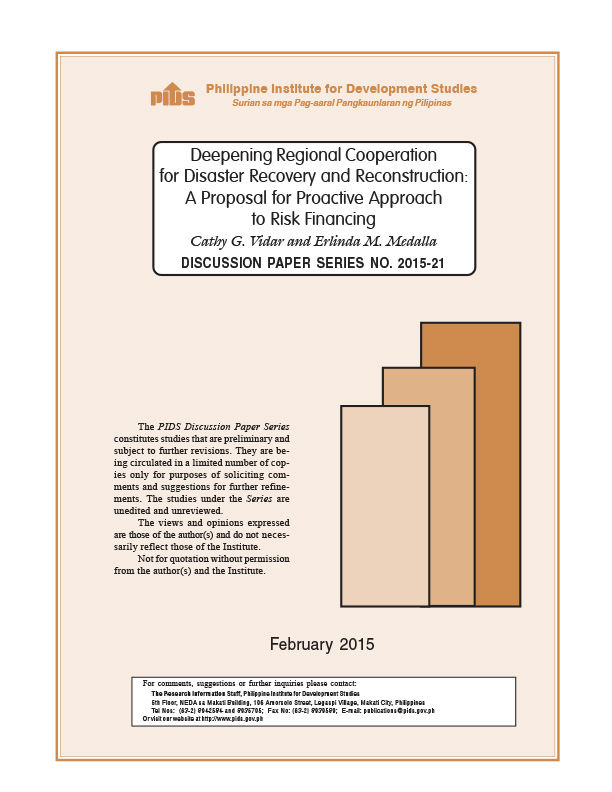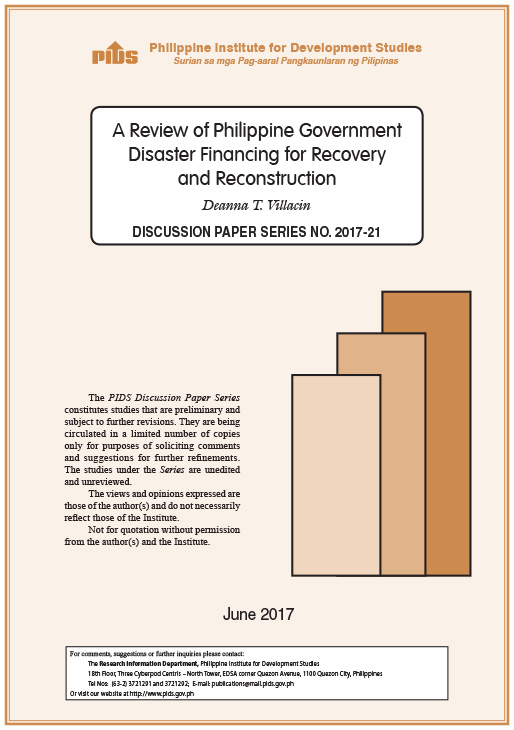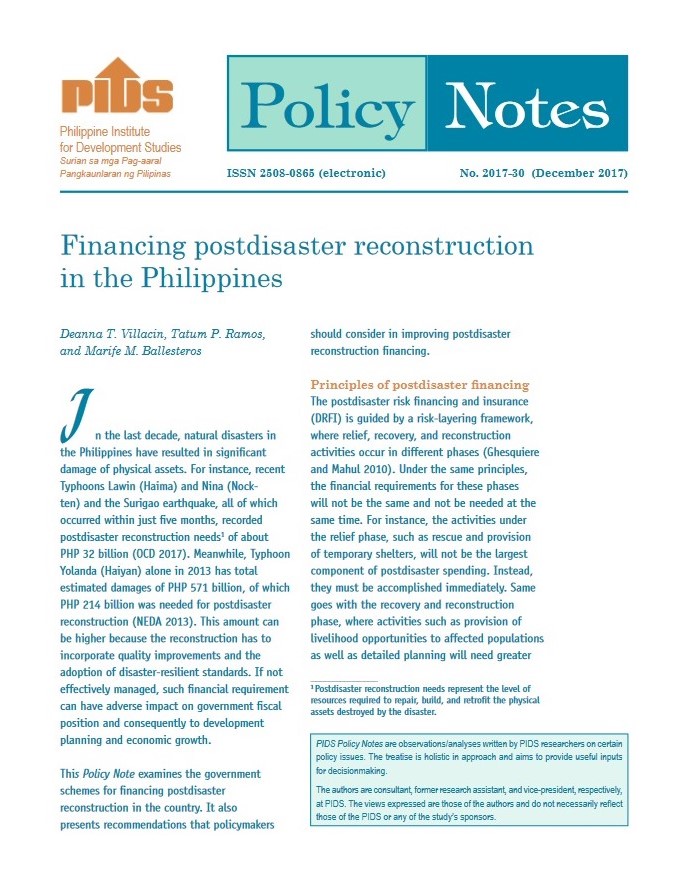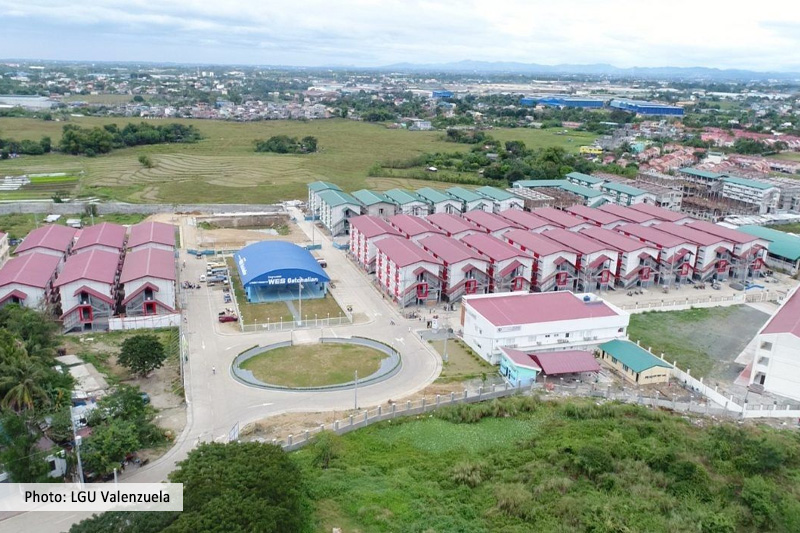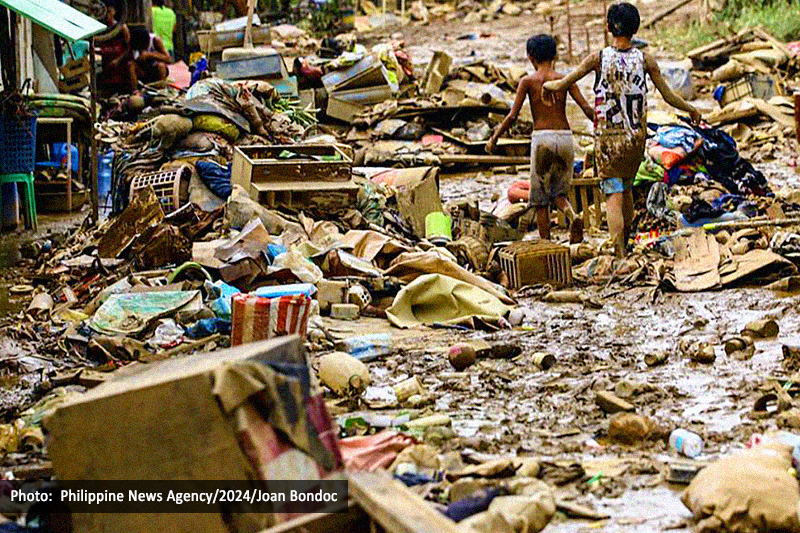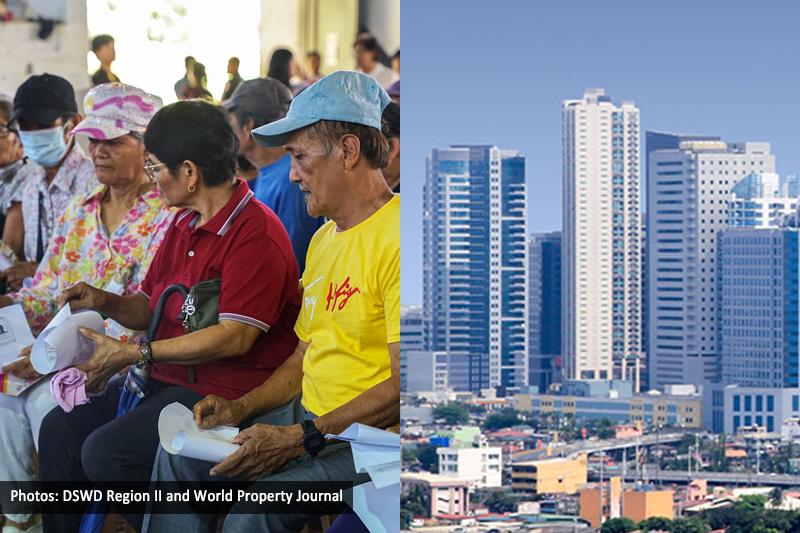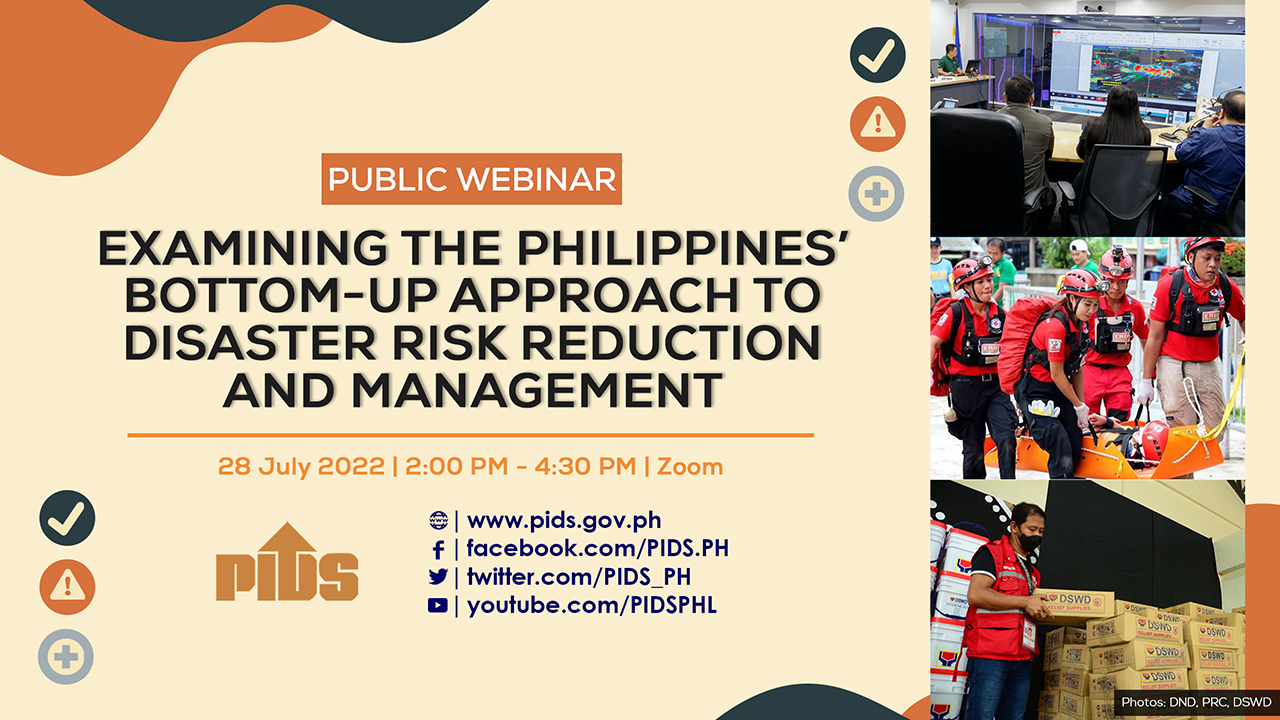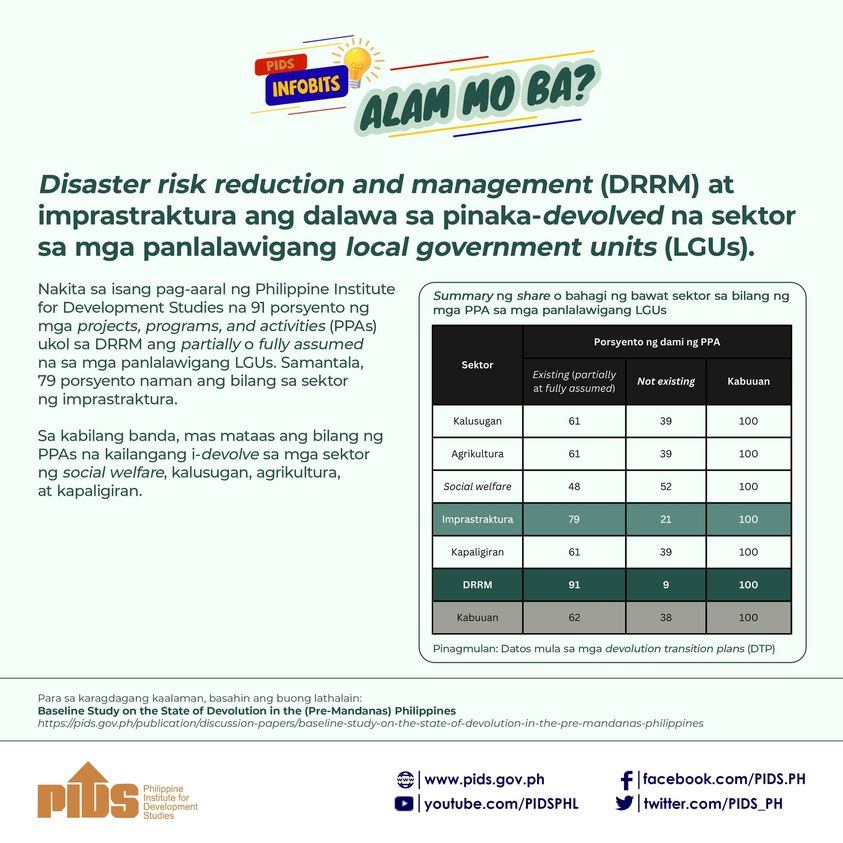This inadequacy is a wake-up call to government to “prioritize and recognize the fact that many of the needs or requirements [of devastated areas] will remain unfunded”, which she claimed, hampers their full recovery from disasters.
While the government can get dole-outs from other sources in times of disaster, “it has to go through a process of approvals that may be time consuming and, therefore, affect recovery and reconstruction efforts,” Villacin said
Using typhoons Pablo in 2012 and Yolanda in 2013 as case studies, Villacin noted the approved budget for the post-Pablo rehabilitation was less than the estimated financing requirement. While other funding sources from donors like United Nations and Red Cross have been beneficial, there were no monitoring systems to track projects that were already undertaken, she said.
The case is different for Typhoon Yolanda as the proposed budget was fully approved. The problem was the lack of communication and coordination among agencies and local government units (LGUs). For example, some LGUs were not aware which projects have been approved and the status of funds and project implementation.
Another issue that has to be addressed, according to Villacin, is the integration of the government’s DRFI instruments and mechanisms with the current legal and institutional environment in the country, which, she said, “cannot be easily adopted”.
The problem with ad hoc arrangements in government in terms of post-disaster response in recovery and reconstruction, Villacin argued, is the lack of delineation of mandates or responsibilities. She noted, for instance, the overlap in responsibilities between the Department of Social Welfare and Development and the National Housing Authority (NHA) in providing permanent shelter to disaster victims.
In terms of budget execution, procurement and absorptive capacity issues hinder the timely and smooth implementation of projects in both cases, she revealed. Villacin said the length of the procurement process delays project implementation.
For example, in the construction and rehabilitation of roads and bridges, apart from lack of funds, the Department of Public Works and Highways oftentimes experiences difficulties in processing budget requests and executions. The same issues are also encountered in the repair of school buildings, the author pointed out.
In terms of housing, the problems revolve around the flow of funds from the national government to the NHA, getting the necessary permits, clearances, certifications, and licenses for housing projects, and lack of coordination among agencies, LGUs, and stakeholders.
While these problems exist, Villacin took note of the initiatives done by the government, such as the institutionalization of parametric insurance (which may be used for early recovery and emergency reconstruction) in the Government Service Insurance System and the recently approved joint circular of the Office of Civil Defense that aims to improve access to NDRRM Fund.
In addition to these efforts, Villacin suggested looking at the features of Mexico’s DRFI—the FONDEN Fund—to address funding uncertainties, processes, and procurement issues.
Under FONDEN, budget appropriations for disasters are pre-determined at the level of 0.4 percent of Mexico’s annual federal budget. Also, it has pre-established channels for funds flow wherein budgets go directly to accounts of service providers that are implementing reconstruction works. There is also a built-in incentive structure for subnational governments to encourage states to take responsibility of their own DRFI management.
While the government can get dole-outs from other sources in times of disaster, “it has to go through a process of approvals that may be time consuming and, therefore, affect recovery and reconstruction efforts,” Villacin said
Using typhoons Pablo in 2012 and Yolanda in 2013 as case studies, Villacin noted the approved budget for the post-Pablo rehabilitation was less than the estimated financing requirement. While other funding sources from donors like United Nations and Red Cross have been beneficial, there were no monitoring systems to track projects that were already undertaken, she said.
The case is different for Typhoon Yolanda as the proposed budget was fully approved. The problem was the lack of communication and coordination among agencies and local government units (LGUs). For example, some LGUs were not aware which projects have been approved and the status of funds and project implementation.
Another issue that has to be addressed, according to Villacin, is the integration of the government’s DRFI instruments and mechanisms with the current legal and institutional environment in the country, which, she said, “cannot be easily adopted”.
The problem with ad hoc arrangements in government in terms of post-disaster response in recovery and reconstruction, Villacin argued, is the lack of delineation of mandates or responsibilities. She noted, for instance, the overlap in responsibilities between the Department of Social Welfare and Development and the National Housing Authority (NHA) in providing permanent shelter to disaster victims.
In terms of budget execution, procurement and absorptive capacity issues hinder the timely and smooth implementation of projects in both cases, she revealed. Villacin said the length of the procurement process delays project implementation.
For example, in the construction and rehabilitation of roads and bridges, apart from lack of funds, the Department of Public Works and Highways oftentimes experiences difficulties in processing budget requests and executions. The same issues are also encountered in the repair of school buildings, the author pointed out.
In terms of housing, the problems revolve around the flow of funds from the national government to the NHA, getting the necessary permits, clearances, certifications, and licenses for housing projects, and lack of coordination among agencies, LGUs, and stakeholders.
While these problems exist, Villacin took note of the initiatives done by the government, such as the institutionalization of parametric insurance (which may be used for early recovery and emergency reconstruction) in the Government Service Insurance System and the recently approved joint circular of the Office of Civil Defense that aims to improve access to NDRRM Fund.
In addition to these efforts, Villacin suggested looking at the features of Mexico’s DRFI—the FONDEN Fund—to address funding uncertainties, processes, and procurement issues.
Under FONDEN, budget appropriations for disasters are pre-determined at the level of 0.4 percent of Mexico’s annual federal budget. Also, it has pre-established channels for funds flow wherein budgets go directly to accounts of service providers that are implementing reconstruction works. There is also a built-in incentive structure for subnational governments to encourage states to take responsibility of their own DRFI management.

